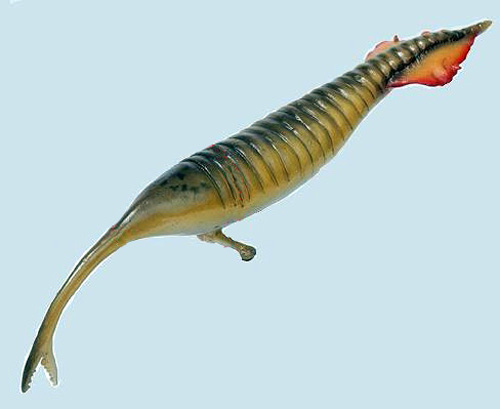-
Minerals & Gems
- Dropdown gift ideas
-
Dropdown crystaltherapy
- Dropdown lots kits and packaging
- Dropdown tumbled stones
- Dropdown worked points
- Dropdown masseurs sticks pebbles salts
- Dropdown pendulums or pendants
- Dropdown pyramids
- Dropdown spheres and eggs (ovos)
- Dropdown agata slices
- Dropdown figured stones
- Dropdown moqui abalone Apache tears shiva lingam
- Dropdown ornaments and gadgets
- Dropdown costume jewelry tumbled stones
- Dropdown jewels and worked gems
- Dropdown raw minerals, rocks and crystals
- Dropdown meteorites volcanoes
-
Insects
- Dropdown gift ideas
- Dropdown butterflies (Lepidoptera)
- Dropdown coleopters
- Dropdown arachnids
- Dropdown dragonflies
- Dropdown hymenopters
- Dropdown hemipterons
- Dropdown Diptera
- Dropdown orthopterians
- Dropdown other insects
- Dropdown italian palearctic insects
- Dropdown insects stocks
- Shells
- Sharks
- Other Items
-
Fossils
- Dropdown gift ideas books
- Dropdown reptiles and dinosaurs
- Dropdown mammals
- Dropdown fishes and sharks
- Dropdown amphibians and birds
- Dropdown ammonites and shells
- Dropdown trilobites and other invertebrates
- Dropdown ambers and vegetables
- Dropdown stone hand-made other
- Dropdown fossil stocks and in boxes
- Taxidermy
- Equipment


 only species of Genus found in Illinois (USA), was a soft-bodied invertebrate that lived in shallow tropical coastal waters of muddy estuaries during the Pennsylvanian (Carboniferous period), about 300 million years ago.
only species of Genus found in Illinois (USA), was a soft-bodied invertebrate that lived in shallow tropical coastal waters of muddy estuaries during the Pennsylvanian (Carboniferous period), about 300 million years ago.
